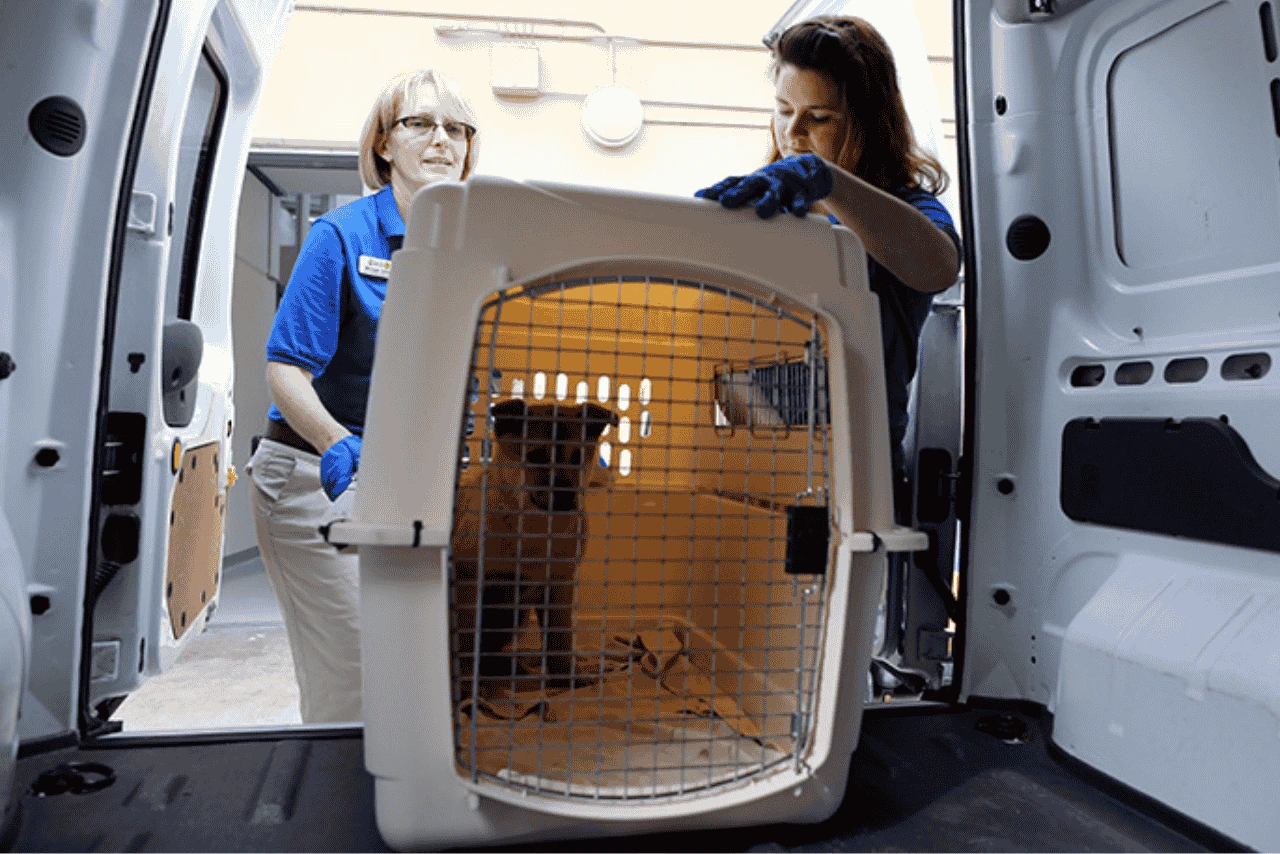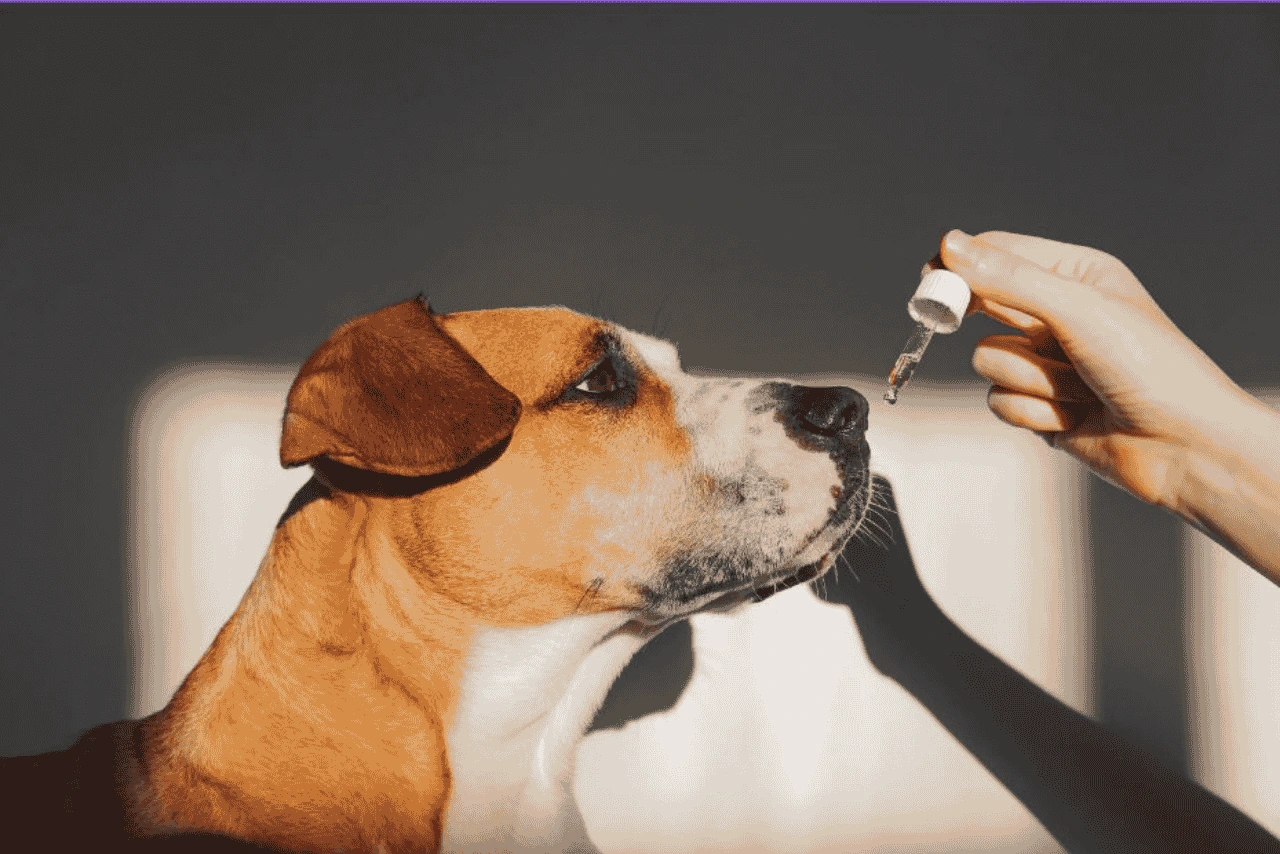Air travel with pets can be stressful for both owners and their furry companions. Sedating a dog for a flight is a topic that sparks debate among pet parents and veterinary professionals alike.
In this blog, we address every aspect of dog sedation for flights, from risks to safer alternatives, helping you make an informed decision.
How Stressful is Flying for Dogs?
Air travel can be overwhelming and frightening for dogs, especially those unaccustomed to loud noises, confined spaces, or new environments. Common issues dogs face during flights include:
- Anxiety and panic
- Motion sickness
- Temperature fluctuations
- Dehydration
- Lack of ventilation in cargo
Not all dogs react the same way. A short, calm flight might not bother one dog but could cause extreme stress for another.
Is it Safe to Sedate a Dog for Air Travel?
According to major organisations such as the American Veterinary Medical Association (AVMA) and most airlines, sedating pets before flights is not recommended.
Here's why:
- Respiratory issues: Sedatives can depress your dog’s respiratory system, which is risky at high altitudes, particularly for flat-faced breeds like Bulldogs or Pugs.
- Inhibited response: A sedated dog may be unable to adjust its posture to maintain balance or avoid injury during turbulence.
- Delayed help: If something goes wrong mid-flight, flight staff may not immediately realise a sedated dog is in distress.
- Temperature regulation: Sedation affects your dog’s ability to regulate body temperature, a critical issue especially in cargo holds.
When is Sedation for Flights Ever Appropriate?
In rare cases, such as dogs with severe anxiety disorders or pre-existing medical conditions, a veterinarian might prescribe mild sedatives or anti-anxiety medications. However, this should only happen under strict medical supervision after a full health assessment.
Common Medications Sometimes Used:
- Acepromazine: A tranquilizer but has side effects like lowering blood pressure.
- Trazodone: Often prescribed for short-term anxiety relief.
- Gabapentin: Can help calm dogs with nerve-related anxiety.
Acepromazine is less commonly used for air travel due to its strong sedative effects. Trazodone and Gabapentin are preferred for mild anxiety relief. Never administer over-the-counter or leftover medications.
Disclaimer: Note that we do not recommend or promote any type or form of sedatives. Always consult your veterinarian before administering any medication.
Alternatives to Sedating a Dog for Flight
Instead of sedation, consider natural and practical solutions to ease your dog’s travel anxiety:
Behavioral Training and Desensitisation
Start crate training months in advance. Help your dog get used to:
- Spending time in the crate
- Hearing loud noises
- Experiencing simulated turbulence using car rides
Calming Aids and Supplements
Consider non-sedative calming products:
- CBD oil (vet-approved formulations)
- Adaptil collars or sprays (pheromone therapy)
- Calming chews with L-theanine or chamomile
- Pressure wraps like Thundershirt
Choose Pet-Friendly Airlines
Some airlines are better equipped to handle pets:
- Offer climate-controlled cargo
- Allow pets in cabin
- Employ pet-specific staff for handling
Choose a direct flight whenever possible to reduce stress and time spent in pet shipping.
In-Cabin vs Cargo: What’s Better for Dogs?
Let’s find out whether your dog should travel in the cabin or the cargo hold, and which option is better.
In-Cabin Dog Travel
If your dog is small enough to fit under the seat, in-cabin travel is much safer and less stressful. Dogs can hear and smell their owners, which helps reduce anxiety.
Find out: Which Airlines Allow Pets in the Cabin
Dog Travel in the Cargo Hold
Larger dogs often must travel as manifest cargo. While airlines claim safety, there have been incidents of injury or death, particularly in extreme weather or due to mishandling. For such cases:
- Avoid sedation
- Use a sturdy, IATA-compliant travel crate
- Label the crate clearly with “Live Animal” and feeding instructions
- Attach a photo and your contact information

Steps to Prepare Your Dog for a Flight Without Sedation
Flying without sedation is always recommended, but it requires careful planning to ensure your dog stays calm and comfortable throughout the flight. Here’re some steps to follow:
Step 1: Visit the Vet
Get a full medical check-up. Make sure that your dog is:
- Up to date on vaccinations
- Microchipped and tagged
- Certified fit to fly (most airlines require a health certificate within 10 days of travel)
Step 2: Get the Right Travel Crate
Your dog’s crate should be:
- Big enough to stand, turn, and lie down
- Properly ventilated on all sides
- Leak-proof with absorbent bedding
- Familiar (let your dog sleep in it weeks before the trip)
Explore: How to Choose the Best Dog Carrier?
Step 3: Pre-Flight Preparation
Your dog’s crate should be:
- Feed 4–6 hours before travel to reduce motion sickness
- Exercise well before departure
- Place a favorite toy or blanket inside the crate
Breed-Specific Concerns
You need to know that there are certain dog breeds and health conditions that require extra caution when flying, as they may face increased risks during air travel.
Brachycephalic (Short-Nosed) Dogs
Breeds like Pugs, Bulldogs, Boxers, and Shih Tzus are at higher risk during flights, especially in cargo. Many airlines ban them from flying in cargo holds due to breathing issues.
Senior Dogs or Dogs with Health Conditions
Older dogs or those with heart, lung, or neurological issues should never be sedated or flown without direct vet approval.What Airlines Say About Dog Sedation
Most major airlines including American Airlines, Delta, United, and Lufthansa clearly state:
“We do not accept sedated pets. Sedation increases the risk of respiratory and cardiovascular problems.”
Always check your chosen airline’s specific pet policy before booking.
Conclusion: Can I Sedate a Dog for a Flight?
In most cases, no, you should not sedate your dog for a flight. The risks far outweigh the potential benefits, especially when there are safer and more effective alternatives available. With the right preparation, airline choice, and veterinary guidance, your dog can travel safely and calmly without the need for drugs.
Make decisions based on your dog’s health, breed, temperament, and travel conditions. When in doubt, consult your veterinarian well in advance of your trip.
Pet Transport Services with JCS Pet Travel
Traveling with your pet? Let JCS Pet Travel handle it. With over 20 years of experience, we offer safe, stress-free pet transport services for dogs, cats, birds and even for your rabbit, across the UK and worldwide.
We take care of everything:
- Flight crates
- Vet checks & paperwork
- Collection & delivery
- Pet transport by air and road
Our vehicles are temperature-controlled for your pet's comfort and safety every step of the way. Get a pet transport quote now!
Recommended topics for you:
